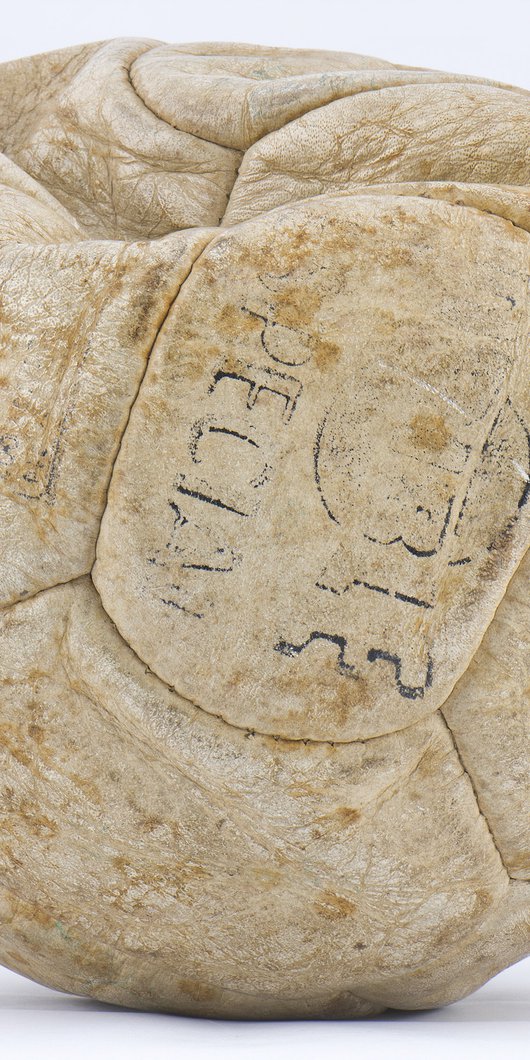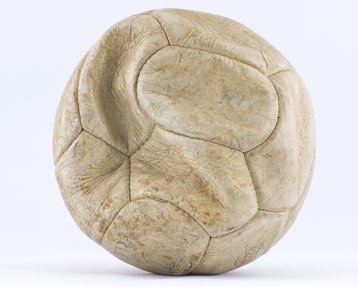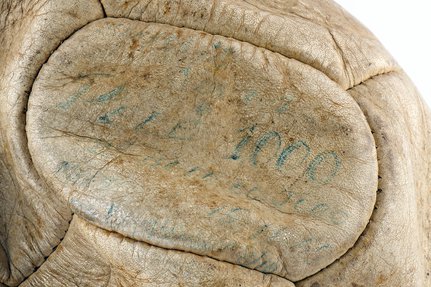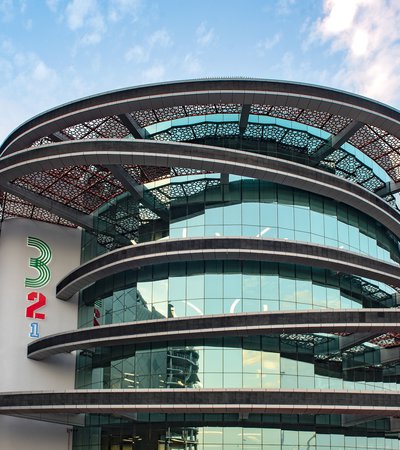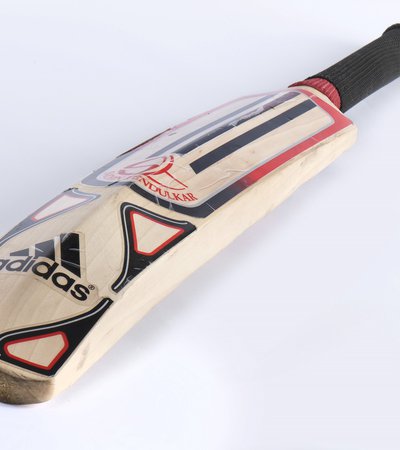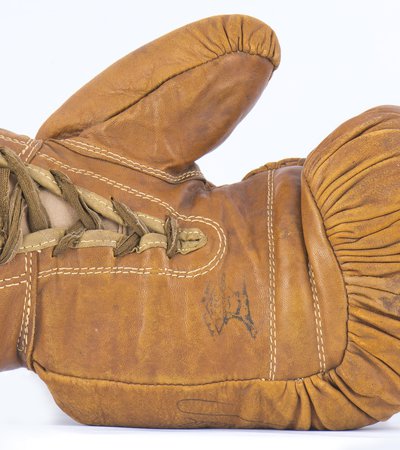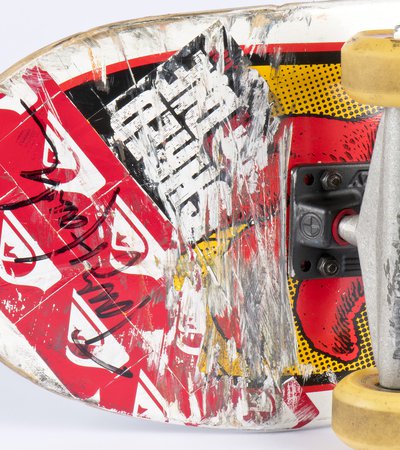Known in his native Brazil as O Rei (The King), the late Pelé continues to be regarded by many as the greatest football player in the history of the game.
Born in 1940, Edson Arantes do Nascimento, nicknamed Pelé, became the youngest goal scorer for Brazil - which dominated the game for years - aged 16. At 17, he became the youngest-ever World Cup winner when Brazil beat Sweden in 1958.
Pelé rocketed to international superstardom, fielding offers from several European football clubs.
In a highly politicised move, the Brazilian government legally bestowed the title of ‘national treasure’ on Pelé - a decree that technically prevented him from transferring to a foreign club.
